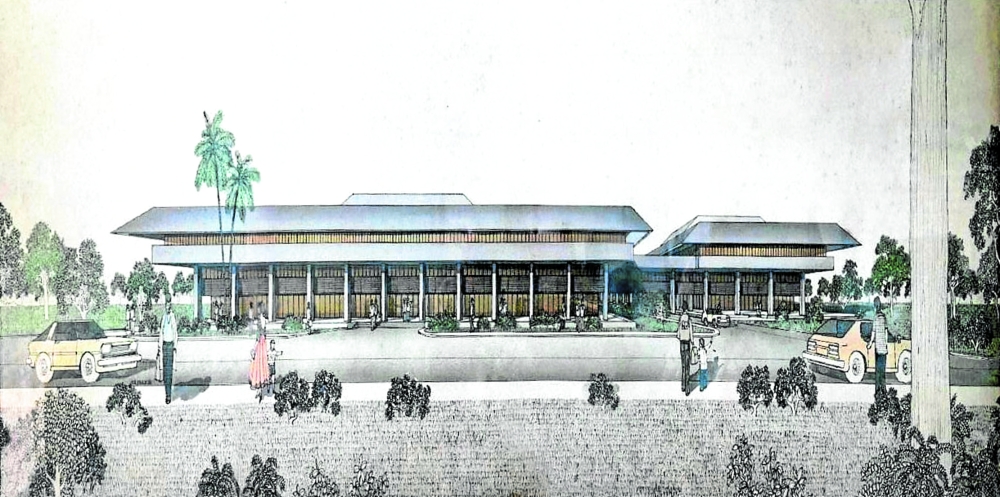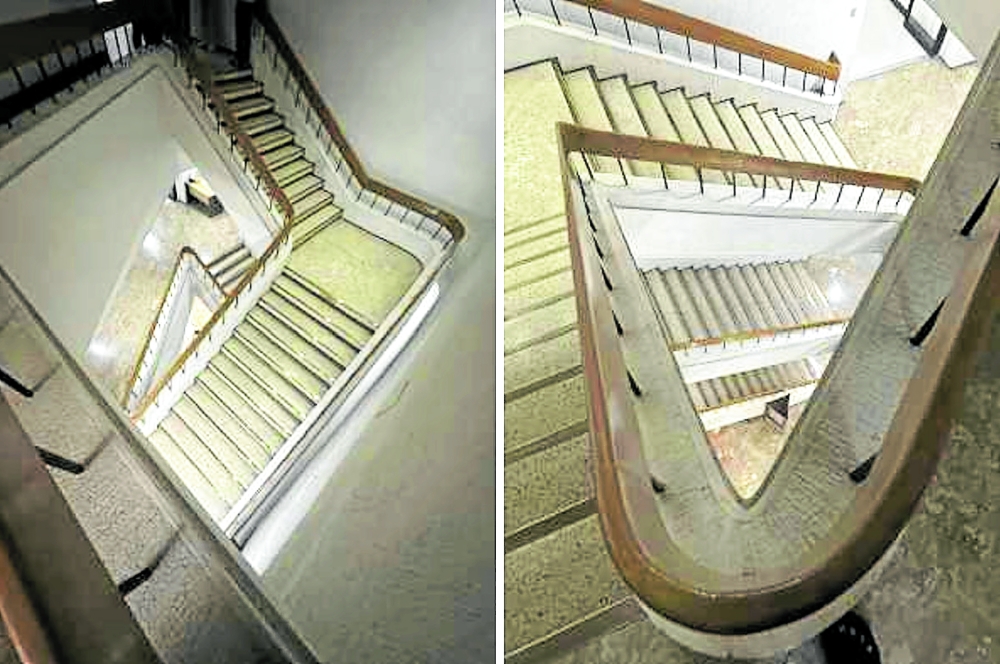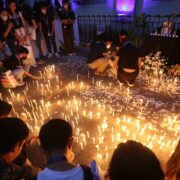Tug-of-war on Locsin’s Napocor building heats up

To declare or not to declare?
That is the question now on the possible plight of the Leandro Locsin-designed National Power Corp. (NPC) Building in Quezon City, a presumed important cultural property under the 2009 heritage law as amended in 2023.
Located at the corner of Quezon and Sen. Miriam P. Defensor-Santiago avenues (formerly BIR Road), the buildings were designed in the International Style, particularly its Brutalist type, by Locsin, who was named National Artist for Architecture in 1990.
These structures could also be a collaborative work done by his firm, Leandro V. Locsin Partners, which the latter designed in 1981 and completed in 1982 and 1986.
In July 2024, the buildings’ owner, the Power Sector Assets and Liabilities Management Corp. (PSALM), filed with the National Commission for Culture and the Arts (NCCA) a petition to lift the presumption of importance of the building as the site is planned for a “prime mix-use commercial center.”
PSALM argued that the buildings have no exceptional cultural, artistic, and historical significance; had undergone changes irrespective of the original structures; and are not listed under the works of Locsin in many sources.
The agency also argues that the preservation of the buildings will be expensive and not cost-effective.
Monolithic, repetitive
To support its assertions, the PSALM noted that the details of the buildings “are neither new nor exceptional” and had been reused in other structures designed by the aforementioned firm, such as the Social Welfare Complex in Quezon City.
“The building(s) envelope is monolithic and repetitive, resulting in an unremarkable and uniform elevational composition,” said the PSALM.
“The sequential monotony of rectilinear planes is disrupted by extended and oblique eaves that conceal the parapet and crown the top with an immense roofline evocative of the familiar and trite vernacular roof construction transcoded into concrete,” it added.

In its petition, the PSALM also stressed that the “architectural composition and building iconography is not unique and its rarity value is unexceptional” as it can also be seen in other Locsin-designed buildings like the Population Center of the Philippines in Makati, and the Nutrition Center of the Philippines in Taguig.
It likewise said the buildings lack the Locsin signature of adding a cantilevered canopy, hosted no important historical and cultural events, and is not a sole work of Locsin but a collaborative one done by his company.
Counterpetition
Recently, this petition was countered by a petition to declare the buildings as Important Cultural Property, as these are “clearly” Locsin’s work. The petition was filed by the Heritage Conservation Society and the group Brutalist Pilipinas, which explicitly noted that Locsin “was responsible for the architectural design” of the buildings, as this design can be linked to the latter’s other buildings.
The two groups pointed out that the buildings are significant as they are “a rare instance of a Locsin design incorporating wood in its facade,” plus they are “an abstraction of a stilted bahay kubo in form and function.”
The groups also argued the historicity of the buildings as these reflect the postwar political and economic ideals of the country, apart from being a representative of Brutalist architecture in the country.
“Being located in Quezon City, the NPC Buildings should be seen in the context of the city’s history as a planned urban center and seat of power,” the petition noted.
The petitioners also cited the buildings’ importance in their “role in the development of the hydroelectric and electric power generation industries in the country.”
Significant
A report by Locsin specialist Caryn Paredes-Santillan in 2023, commissioned by the NCCA, made to assess the cultural significance of the buildings, particularly Building 1 on Defensor-Santiago Avenue, noted that despite the additions, the form of the building “has been carefully maintained.”
Paredes-Santillan classified its history as having medium significance, being the headquarters of the Napocor, while its setting has high significance since the original landscape has been preserved.
And while “Locsin had used wood and masonry in his other buildings, this was previously constrained to interiors, or in not-so-visible areas such as in the soffit of the Tanghalang Pambansa,” the report added. The structure “is one of few buildings that use wood as a highly visible part of the exterior form.”

















